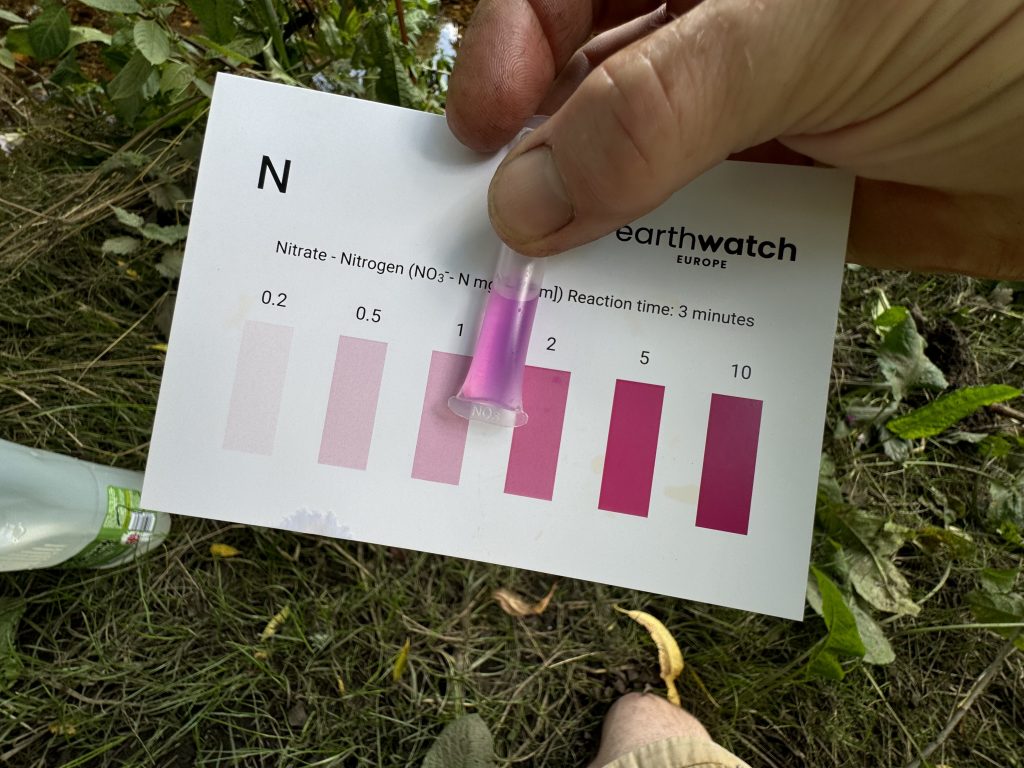Volunteer
Help us to look after the River Beane
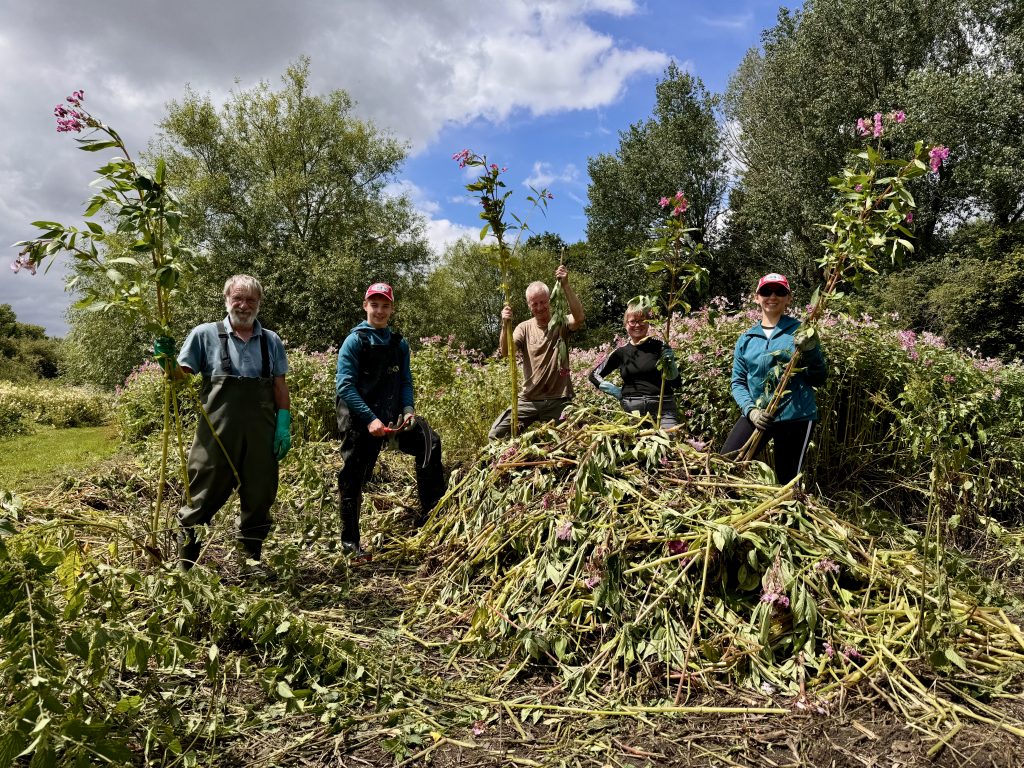
The RBRA runs a number of volunteer projects which offer a variety of opportunities for involvement.
Below, you can find out what they are. If you’re interested in giving a little your time to help us, please get in touch.
The RBRA runs a number of volunteer projects which offer a variety of opportunities for involvement.
Below, you can find out what they are. If you’re interested in giving a little your time to help us, please get in touch.
1) Borehole dipping
1) Borehole dipping
This involves measuring the level of the water table at 9 boreholes along the Beane Valley, from Halls Green to Watton at Stone.
This is done at the end of each month and takes about two hours. An electronic tape measure is lowered into each borehole until it hits the water. The measurements, the time and the river conditions are recorded, and sent to the Environment Agency who publish them online. (See the data in our Useful info section)
Time commitment: 2 hours, once or twice a year, as and when you are available.
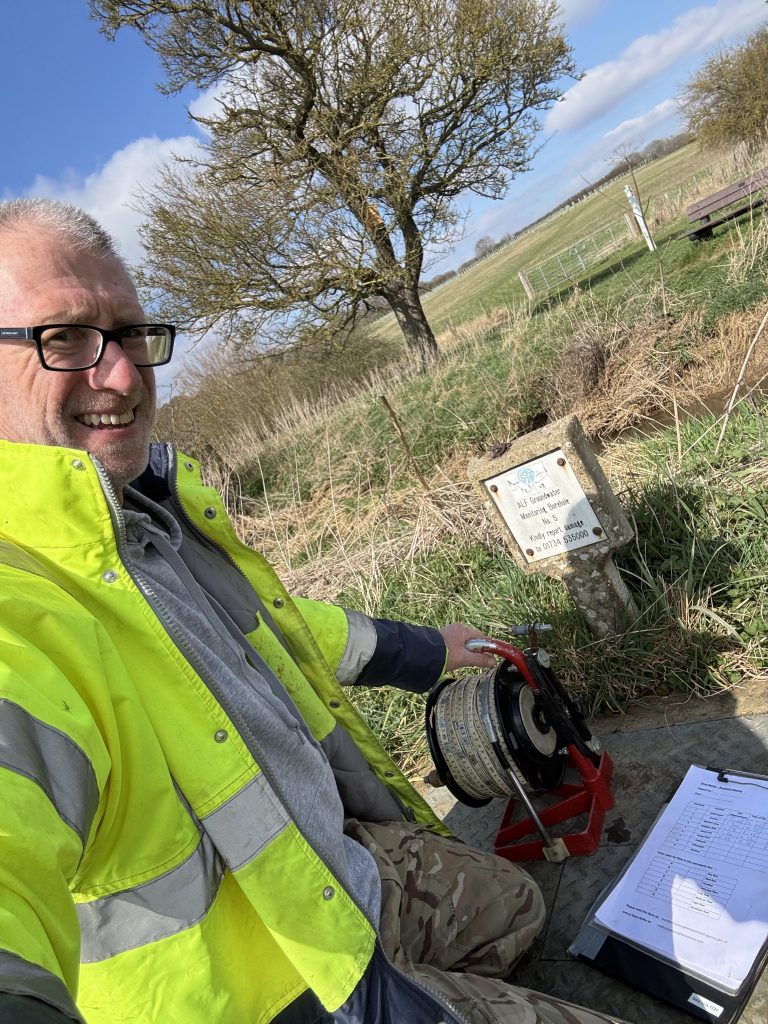

This involves measuring the level of the water table at 9 boreholes along the Beane Valley, from Halls Green to Watton at Stone.
This is done at the end of each month and takes about two hours. An electronic tape measure is lowered into each borehole until it hits the water. The measurements, the time and the river conditions are recorded, and sent to the Environment Agency who publish them online. (See the data in our Useful info section)
Time commitment: 2 hours, once or twice a year, as and when you are available.
2) River Fly monitoring
2) River Fly monitoring
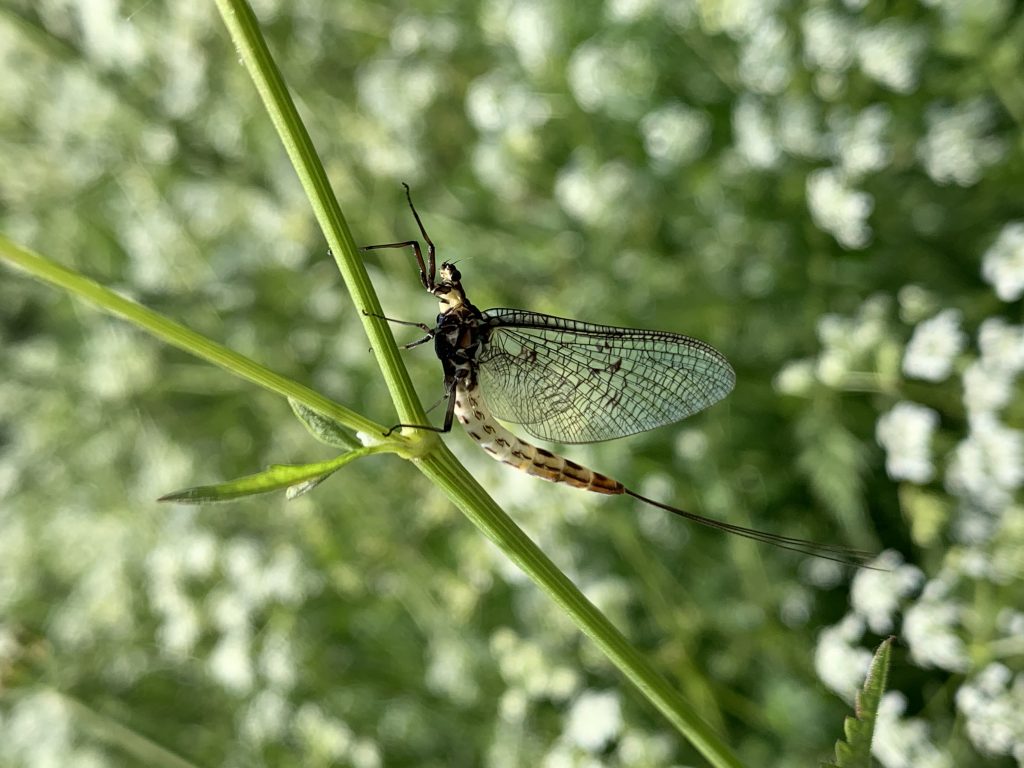
Monthly ‘kick samples’ of the riverbed are taken at various points along the river, and eight specific groups of invertebrates are identified, counted and recorded.
No prior knowledge is needed. Training (at a small cost) and sampling equipment are provided.
Data is published online by the Riverfly Partnership – there’s a link in our Useful Info section
Time commitment: 2 hours monthly.

Monthly ‘kick samples’ of the riverbed are taken at various points along the river, and eight specific groups of invertebrates are identified, counted and recorded.
No prior knowledge is needed. Training (at a small cost) and sampling equipment are provided.
Data is published online by the Riverfly Partnership – there’s a link in our Useful Info section
Time commitment: 2 hours monthly.
3) Invasive species control
3) Invasive species control
The three non-native invasive species of concern along the Beane are the plants Himalayan Balsam and Giant Hogweed, and American Mink. We have people qualified to deal with the Giant Hogweed and the mink, but we run work parties of volunteers to pull Himalayan Balsam from June to August to help prevent its spread.
Time commitment: your choice. Work parties are typically out for 2 to 4 hours, with a break for lunch. In a season we like to run 6 or 7 work parties.
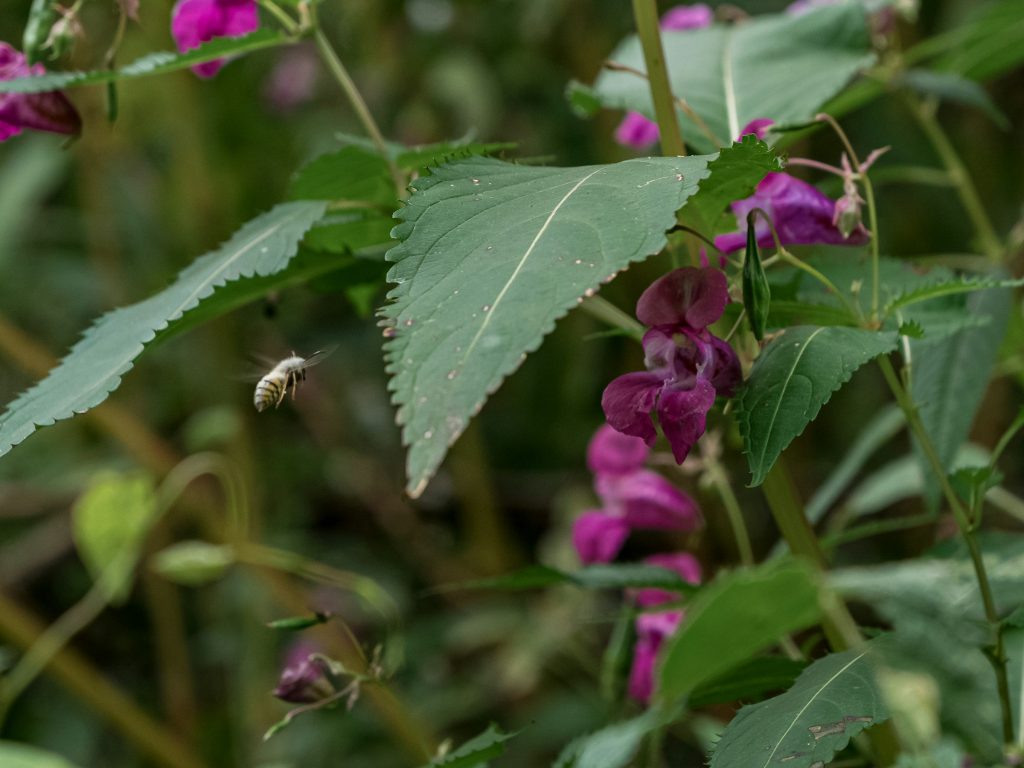

The three non-native invasive species of concern along the Beane are the plants Himalayan Balsam and Giant Hogweed, and American Mink. We have people qualified to deal with the Giant Hogweed and the mink, but we run work parties of volunteers to pull Himalayan Balsam from June to August to help prevent its spread.
Time commitment: your choice. Work parties are typically out for 2 to 4 hours, with a break for lunch. In a season we like to run 6 or 7 work parties.
4) Water Vole monitoring
4) Water Vole monitoring
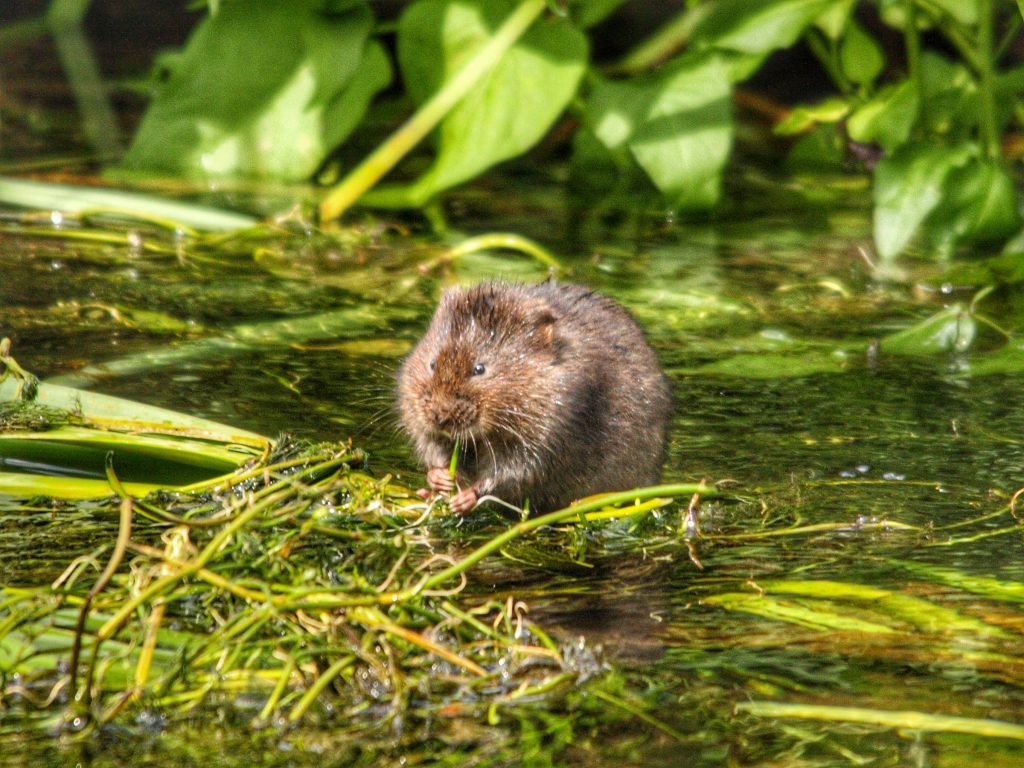
In July 2022, Herts Middlesex Wildlife Trust released 148 water voles on the Woodhall Estate.
Our volunteers help with the biannual survey of these special creatures up- and down-stream of the release site. The range of the voles is increasing, so more volunteers would be welcome to help cover a greater length of the river.
Time commitment: After an initial half-day training session with the Herts Wildlife Trust, these surveys typically take 2 to 4 hours in May, and 2 to 4 hours in October.

In July 2022, Herts Middlesex Wildlife Trust released 148 water voles on the Woodhall Estate.
Our volunteers help with the biannual survey of these special creatures up- and down-stream of the release site. The range of the voles is increasing, so more volunteers would be welcome to help cover a greater length of the river.
Time commitment: After an initial half-day training session with the Herts Wildlife Trust, these surveys typically take 2 to 4 hours in May, and 2 to 4 hours in October.
5) Citizen Scientists for water testing
5) Citizen Scientists for water testing
Initially set up as part of the CaSTCo demonstration project, our team of volunteers go out monthly with easy-to-use sampling kits to measure the turbidity (cloudiness) of the water, and the levels of nitrates and phosphates present. You can see how the river’s doing by looking at the data on our Useful Links page.
We are also starting to monitor and survey other parameters on the river, eg where silt and mud gets into the water (‘Mudspotter’ surveys), outflow mapping (Outfall Safaris) and using apps like INNS Mapper to record where invasive species are found.
As well as wanting to increase the number of locations we sample at, additional volunteers are also needed to help cover for when others are away or have other commitments.
Time commitment: After an initial half or full day training session, the basic chemical tests can be carried out in around 30 minutes per site. However, in order for the data to be compared with other locations on the river, all the surveys have to be carried out within the same 48 hour period each month.
Initially set up as part of the CaSTCo demonstration project, our team of volunteers go out monthly with easy-to-use sampling kits to measure the turbidity (cloudiness) of the water, and the levels of nitrates and phosphates present. You can see how the river’s doing by looking at the data on our Useful Links page.
We are also starting to monitor and survey other parameters on the river, eg where silt and mud gets into the water (‘Mudspotter’ surveys), outflow mapping (Outfall Safaris) and using apps like INNS Mapper to record where invasive species are found.
As well as wanting to increase the number of locations we sample at, additional volunteers are also needed to help cover for when others are away or have other commitments.
Time commitment: After an initial half or full day training session, the basic chemical tests can be carried out in around 30 minutes per site. However, in order for the data to be compared with other locations on the river, all the surveys have to be carried out within the same 48 hour period each month.
